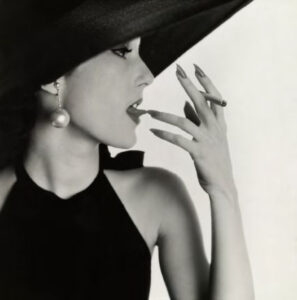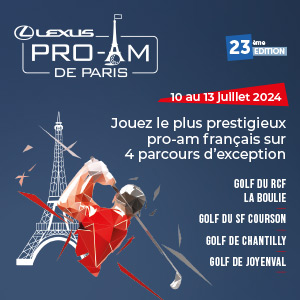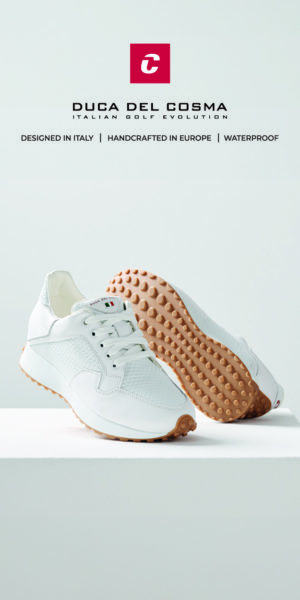Posted on August 30, 2017 in Arts & culture.
Irving Penn exhibition at the Grand Palais, from September 21, 2017 to January 29, 2018
The year 2017 marks the centenary of the birth of Irving Penn (1917-2009), one of the masters of 235th century photography. The exhibition is the first major retrospective devoted to the American artist in France since his death. It traces the seventy years of his career, with more than XNUMX photographic prints entirely made during the artist's lifetime and by his hand, as well as a selection of his drawings and paintings.

Irving Penn, Girl with Tobacco on Tongue (Mary Jane Russell), New York, 1951, gelatin silver print, 37,5 to 36,5, XNUMX cm; The Metropolitan Museum of Art, New York, Promised Gift of The Irving Penn Foundation  © Condà © Nast
In December 1948, he traveled to Cuzco in Peru, where he photographed the inhabitants and visitors who came to town for the end-of-year festivities. His children from Cuzco have become a masterpiece in the history of photography.
Sent to Paris in 1950 by Vogue magazine, Penn was then revealed as a true master of fashion portraiture, producing some of the greatest photographic icons of the 1950th century. Many are studies by Lisa Fonssagrives-Penn, the artist's wife and muse, wearing hauteecouture models from the XNUMXs. In parallel during this stay in Paris, he begins a photographic study of Small Trades, a series of portraits that draws on its roots in a tradition established in printmaking for centuries and which it continues in London and New York. All these shots use the same background, a painted curtain found in Paris which he kept in his studio throughout his career and which is presented in the exhibition.
In the 50s and early 60s Irving Penn became a much sought-after photographer. He continues to make portraits for Vogue that can be described as classics: Picasso, Jean Cocteau, TS Eliot, Marlene Dietrich, Francis Bacon and even Colette. The artist wants them to be deep and successful, like the art of Goya, Daumier or Toulouse-Lautrec that he has studied.
In the next section, visitors discover a collection of nude studies dating from 1949-1950, a celebration of folded, twisted, strained, loose flesh, brilliantly shaped by Penn's meticulous silver and platinum print. Between 1967 and 1971, Penn traveled for Vogue in the Pacific and Africa. The following set consists of portraits made in particular in Dahomey (now Benin), New Guinea and Morocco.
There, Penn took his pictures in a traveling studio, set up in a tent he had himself designed and with which he traveled. Irving Penn also photographed the detritus, the ephemeral, the process of disintegration, in particular with his series of cigarette butts dated 1972. More than twenty images are presented in the same way as the nudes or the portraits because, as Penn himself put it, "A stubbed out cigarette tells the character, it tells the nerves." The choice of cigarette tells the taste of the person ”(“ A crushed cigarette indicates character, it reveals nervousness. Its choice says a lot about a person's taste ”). The rubbish, metal blocks, street elements and other rubbish demonstrate Irving Penn's constant interest in still lifes, from his first images until the end of his career.
The final section of the exhibition is devoted to the latest fashion photography and portraits of his maturity, including such figures as Tom Wolfe, Truman Capote, Alvin Ailey, Ingmar Bergman and Zaha Hadid.
Practical information
This exhibition is presented from March 24 to July 1, 2018 at the C / O Foundation in Berlin, and from August 21 to November 25, 2018 at the Instituto Moreira Salles.
Commissioner: Maria Morris Hamburg, independent curator and founder of the Department of Photography at the Metropolitan Museum of Art, New York and Jeff L. Rosenheim, Joyce Frank Menschel curator in charge of the Department of Photography at the Metropolitan Museum of Art, New York ; Jère Neutrals, curator and director of strategy and development at the Rmn-Grand Palais. Scenography: Myrtille Fakhreddine and Nissim Haguenauer, Gare du Nord Architecture
opening : Thursday to Monday from 10 a.m. to 20 p.m .; Wednesday from 10 a.m. to 22 p.m. weekly closing on Tuesday
prices : 13 €, TR 9 € (16-25 years old, job seekers and large family), free for children under 16, beneficiaries of social minima
access: metro line 1 and 13 "Champs-Elysées-Clemenceau" or line 9 "Franklin D. Rossevelt"
information and reservations: www.grandpalais.fr
Drawing Now Art Fair: Tatiana Wolska winner 2024
The invention of language by Gertrude Stein and Pablo Picasso
The history of French women's golf at Golf du Sorbier








